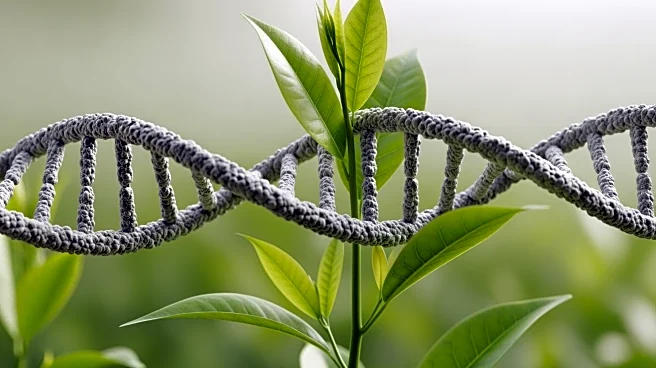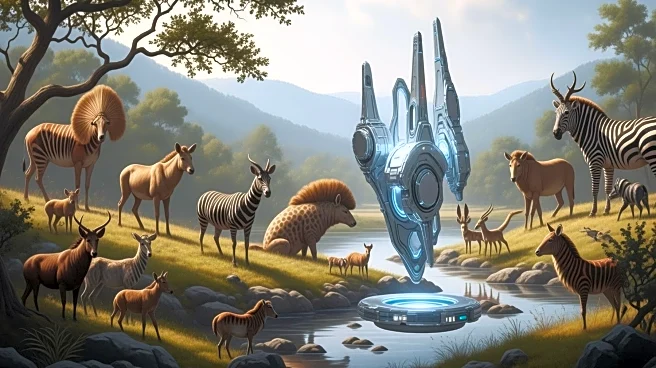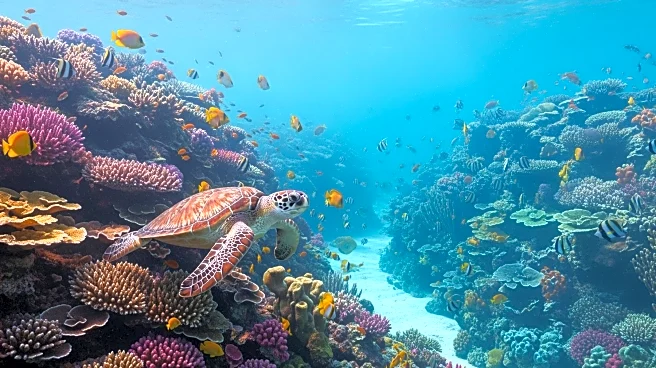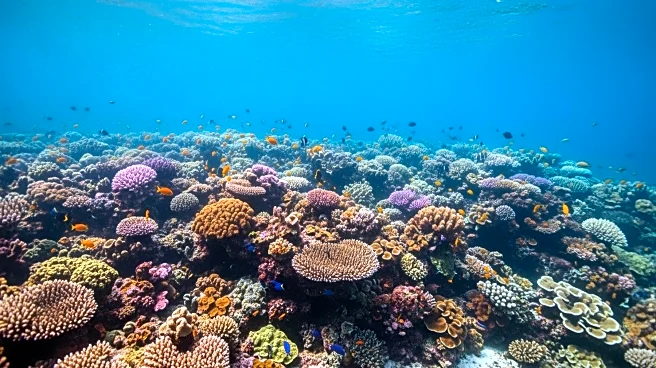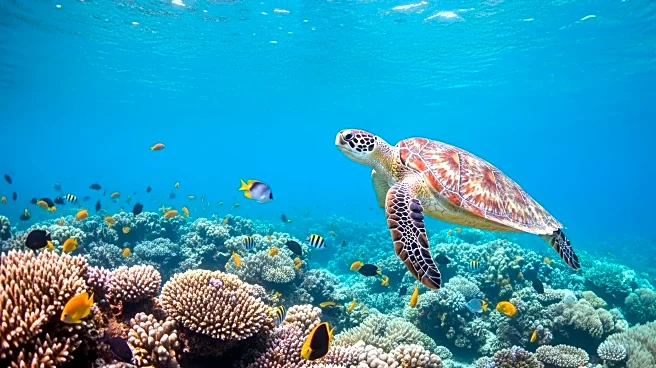What's Happening?
The International Union for Conservation of Nature (IUCN) has voted in favor of allowing genetic engineering in conservation efforts. This decision was made during a meeting in Abu Dhabi, where the IUCN,
comprising over 1,400 members from around 160 countries, established a new framework for evaluating and potentially implementing genetic engineering projects in the wild. The framework emphasizes a case-by-case evaluation, transparency about risks and benefits, and a precautionary approach. The decision applies to a range of organisms, including animals, plants, yeasts, and bacteria. A separate proposal for a moratorium on releasing genetically modified organisms into the environment was narrowly defeated.
Why It's Important?
The IUCN's decision marks a significant step in the use of genetic engineering for conservation purposes. It opens the door for innovative approaches to address environmental challenges such as climate change and disease suppression. The approval, while not legally binding, carries symbolic weight and could influence international policy and conservation strategies. Proponents argue that genetic engineering could offer new tools for preserving biodiversity and combating threats like invasive species and habitat loss. However, the decision also raises ethical and ecological concerns about the potential risks of introducing genetically modified organisms into natural ecosystems.
Beyond the Headlines
The approval of genetic engineering in conservation by the IUCN highlights the ongoing debate over the role of technology in environmental management. While the potential benefits are significant, there are concerns about unintended consequences and the ethical implications of altering natural organisms. The decision underscores the need for careful consideration and regulation to ensure that genetic engineering is used responsibly and effectively. It also reflects broader discussions about the balance between technological innovation and ecological preservation in addressing global environmental challenges.
